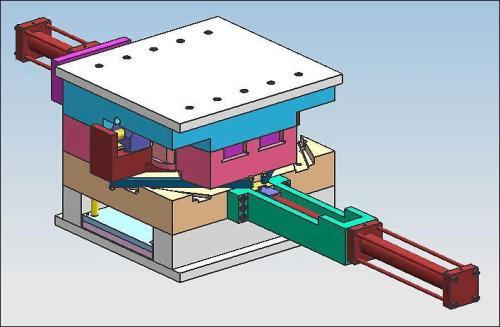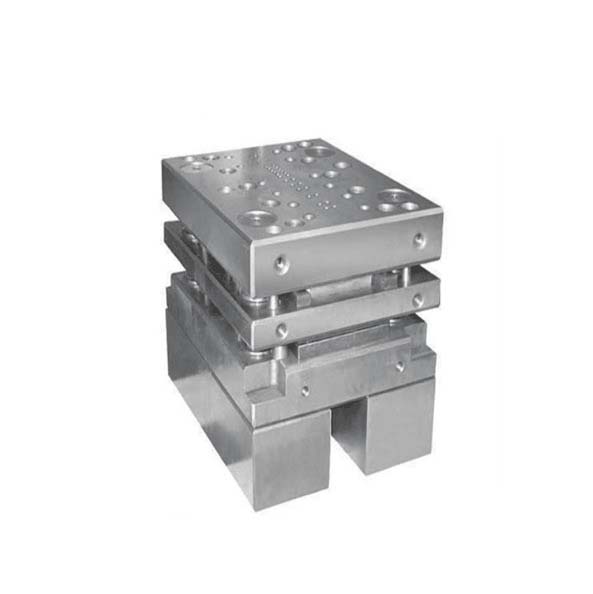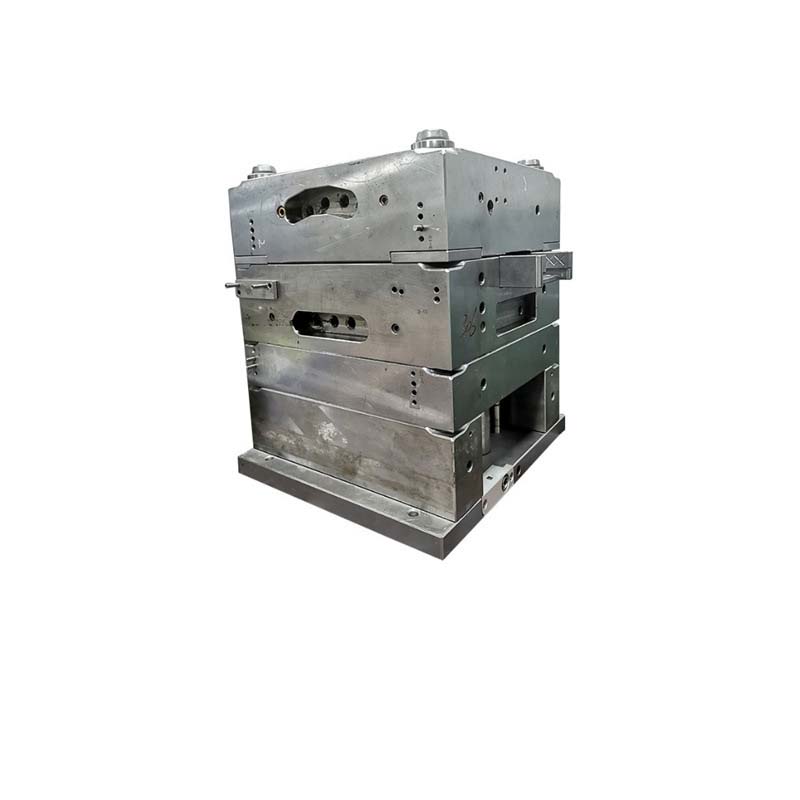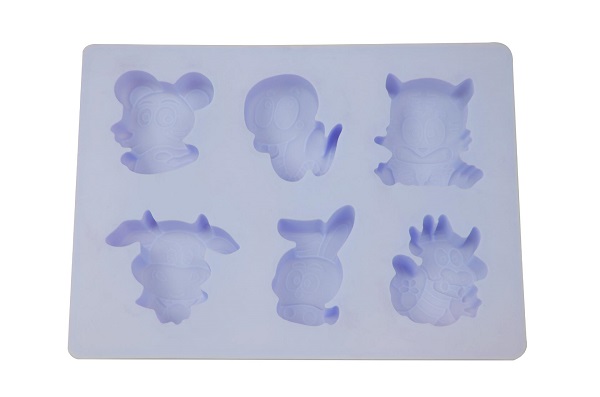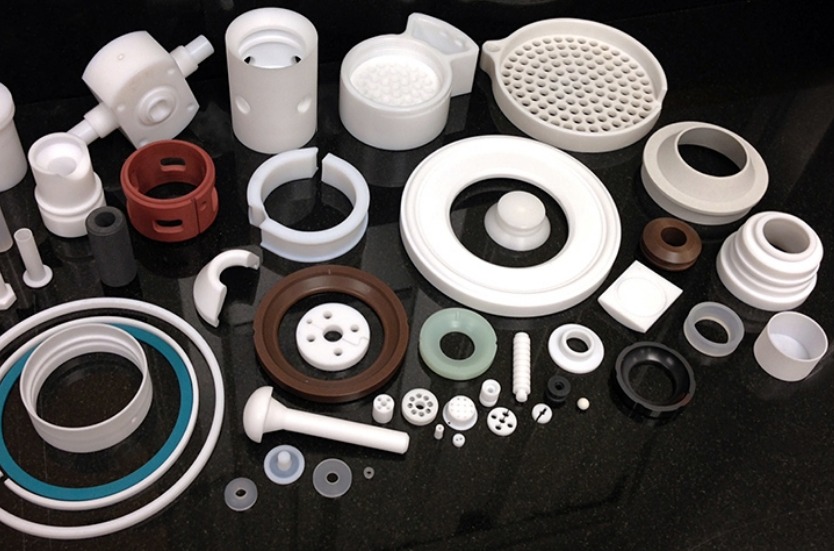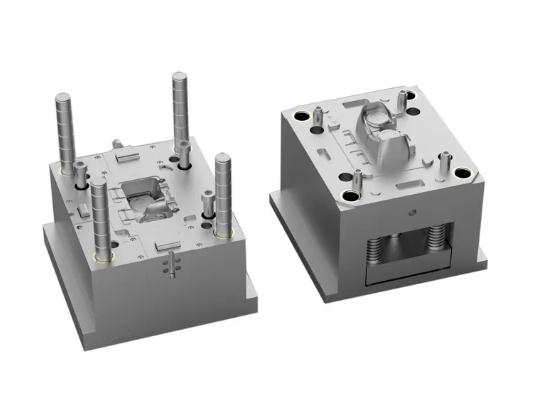Understanding Mold Processing Defects
Types of Defects
Mold processing defects can be categorized into several types, each with its own characteristics and causes. Surface defects are often the most visible. These include scratches, which can occur during the machining process due to improper tooling or handling. For example, if the cutting tool has a dull edge, it may dig into the mold surface, creating scratches. Another surface defect is roughness. A rough surface can be a result of insufficient polishing or problems with the molding material. When the material does not flow smoothly during the molding process, it can leave a rough texture on the surface of the workpiece.
Dimensional deviation is another major type of defect. This refers to the situation where the actual dimensions of the molded part do not match the designed dimensions. It can be caused by factors such as thermal expansion during the molding process. Different materials have different coefficients of thermal expansion. If the mold and the material expand at different rates, it can lead to dimensional inaccuracies. Additionally, mold wear over time can also contribute to dimensional deviation. As the mold is used repeatedly, the surfaces may gradually wear down, causing changes in the shape and size of the cavity, and ultimately resulting in parts with incorrect dimensions.
Internal defects like porosity (the presence of small holes or voids inside the part) and shrinkage marks are also common. Porosity often occurs when air is trapped inside the mold during the filling process. This can be due to improper venting in the mold design. Shrinkage marks, on the other hand, are caused by the natural contraction of the material as it cools and solidifies. If the material cools unevenly, some areas may shrink more than others, leaving visible marks on the surface.
Impact on Workpiece Performance
These defects have a significant negative impact on the performance of the workpiece. Strength reduction is a common consequence. For instance, pores and cracks in the workpiece act as stress concentrators. When a load is applied to the part, these defects can cause the stress to be concentrated in these areas, leading to premature failure. Research has shown that parts with porosity can have a strength reduction of up to 30% compared to defect - free parts.
Reduced lifespan is another major issue. Surface defects such as scratches can accelerate the corrosion process. The exposed metal at the scratch site is more vulnerable to chemical reactions with the environment. Over time, this can lead to the formation of rust or other forms of corrosion, weakening the part and shortening its useful life. In addition, dimensional deviations can affect the proper functioning of the part in an assembly. If a component does not fit correctly due to incorrect dimensions, it can cause excessive wear and tear on other parts in the system, reducing the overall lifespan of the entire assembly.
In the case of products used in high - performance applications, such as aerospace or automotive industries, these defects can be even more critical. A small defect in an aircraft component, for example, could potentially lead to catastrophic failure during flight. Therefore, reducing mold processing defects is not only about improving the quality of the product but also about ensuring safety and reliability in various applications.
Factors Contributing to Mold Processing Defects
Mold Design Flaws
Poor mold design is a primary cause of processing defects. One common issue is improper runner design. The runner system in a mold is responsible for guiding the molten material into the cavity. If the runner diameter is too small, it can lead to high pressure drops and uneven material flow. For example, in a plastic injection molding process, a narrow runner may cause the plastic to cool down prematurely before filling the entire cavity, resulting in short shots (where the part is not completely formed). Research has shown that in about 30% of injection molding defect cases, runner - related design flaws are a contributing factor.
Another aspect is the draft angle, also known as the Demolding Angle. A small or incorrect draft angle makes it difficult for the molded part to be ejected from the mold. When the draft angle is insufficient, the part may stick to the mold surface during ejection, causing surface scratches, deformation, or even breakage. A standard draft angle for most plastics is typically around 0.5 - 2 degrees, depending on the material and the complexity of the part. If the draft angle is set at less than 0.5 degrees, the risk of ejection - related defects can increase significantly.
Material Selection Issues
The choice of material plays a crucial role in mold processing. Material shrinkage rate is a key factor. Different materials have different shrinkage characteristics during the cooling and solidification process. For instance, some plastics like polyethylene (PE) have a relatively high shrinkage rate of about 1.5 - 3%. If the mold design does not account for this shrinkage properly, the final part will have dimensional deviations. A study on mold processing showed that in cases where the material shrinkage rate was not accurately considered, more than 40% of the parts had dimensional errors exceeding the acceptable tolerance.
Material Liquidity (fluidity) is another concern. Materials with poor fluidity may not fill the mold cavity completely, especially in complex - shaped molds. For example, certain high - strength engineering plastics may have lower fluidity compared to general - purpose plastics. In a mold with thin - walled sections or intricate geometries, a material with low fluidity may struggle to flow into all areas, leading to voids or incomplete filling. This can also cause variations in part thickness, affecting the mechanical properties of the final product.
Processing Parameter Inaccuracies
Incorrect processing parameters can lead to a variety of defects. Temperature control is critical. In injection molding, if the melt temperature is too low, the material may not flow smoothly, resulting in surface roughness, weld lines (where different streams of molten material meet and do not fuse properly), and incomplete filling. On the other hand, if the temperature is too high, it can cause material degradation, discoloration, and excessive shrinkage. For example, for a common thermoplastic like polypropylene (PP), the recommended melt temperature range is usually between 180 - 250°C. Deviating from this range by more than 20°C can significantly increase the likelihood of defects.
Pressure and speed also need to be precisely set. Inadequate injection pressure can cause short shots, while excessive pressure can lead to flash (where the material leaks out of the mold cavity along the parting line) and over - packing, which may cause internal stresses and warping in the part. The injection speed also affects the filling process. A too - slow injection speed may cause the material to cool prematurely, while a too - fast speed can create turbulence in the molten material, trapping air and forming voids. A case study in a mold processing factory found that by optimizing the pressure and speed parameters, the defect rate was reduced by 25%.
Strategies to Reduce Mold Processing Defects
Optimizing Mold Design
- Mold Flow Analysis: Employing mold flow analysis software like Moldflow can significantly improve mold design. This technology allows engineers to simulate the flow of the molten material within the mold cavity before actual production. For example, it can predict areas of slow - flow or high - pressure regions. In a case study of a complex plastic part production, using Moldflow analysis reduced the defect rate from 20% to 5%. By visualizing the material flow, designers can adjust the runner system, gate location, and size to ensure uniform filling of the mold cavity.
- Cooling System Design: A well - designed cooling system is crucial for reducing defects. The cooling channels should be evenly distributed around the mold cavity to ensure uniform cooling of the workpiece. For instance, in injection molding, if the cooling is uneven, it can cause warping. Research shows that proper cooling system design can reduce warping defects by up to 40%. The diameter and length of the cooling channels, as well as the coolant flow rate, need to be carefully calculated. Using conformal cooling, where the cooling channels are designed to follow the shape of the mold cavity, can further enhance cooling efficiency and reduce cycle times.
Selecting the Right Materials
- Material Performance Considerations: When choosing materials for mold processing, the mechanical properties, thermal properties, and chemical resistance of the material must be taken into account. For high - precision molds, materials with low thermal expansion coefficients are preferred. For example, in the production of optical molds, glasses or ceramics with extremely low thermal expansion coefficients are often used to ensure dimensional stability during the molding process. In addition, the material's strength and hardness are important for molds that will be subjected to high pressures during molding. A study on mold life showed that using a higher - strength mold steel increased the mold's lifespan by 50% compared to a lower - strength alternative.
- Cost - Benefit Analysis: While high - performance materials may offer better quality, cost is also a significant factor. A balance needs to be struck between material performance and cost. For mass - production of common plastic products, general - purpose plastics like polyethylene (PE) and polypropylene (PP) are often chosen due to their relatively low cost and acceptable performance. However, for products with specific requirements, such as high - temperature resistance or chemical resistance, more expensive engineering plastics like polyetheretherketone (PEEK) may be necessary. Conducting a cost - benefit analysis can help determine the most suitable material for a particular application.
Precise Control of Processing Parameters
- Temperature Control: Maintaining the correct temperature is vital in mold processing. In injection molding, the melt temperature, mold temperature, and cooling temperature all need to be precisely controlled. As mentioned before, for polypropylene, the melt temperature should be within the range of 180 - 250°C. Using temperature - controlling devices such as thermocouples and temperature controllers can ensure accurate temperature monitoring and adjustment. A deviation of more than 10°C from the optimal temperature can lead to an increase in defects such as surface roughness and dimensional inaccuracies.
- Pressure and Speed Optimization: The injection pressure and speed should be adjusted according to the material properties, mold design, and part geometry. For thick - walled parts, a lower injection speed may be required to prevent air entrapment, while for thin - walled parts, a higher injection speed may be necessary to ensure complete filling. Pressure profiling, where the injection pressure is adjusted during the filling process, can also help reduce defects. By optimizing the pressure and speed parameters in a specific injection molding process, the defect rate was reduced from 15% to 8% according to factory records. Regular calibration of the processing equipment is also essential to ensure the accuracy of these parameters.
Yigu Technology's Perspective
At Yigu Technology, we deeply understand the significance of reducing mold processing defects. Our years of experience as a non - standard plastic metal products custom supplier have equipped us with the skills to address these issues. We focus on optimizing mold design from the start, using advanced software for mold flow analysis. This allows us to identify potential problems early and make necessary adjustments.
When it comes to material selection, we carefully consider the specific requirements of each project, balancing performance and cost. Our team is also proficient in precisely controlling processing parameters, ensuring consistent quality. With our expertise, we are confident in providing solutions that can effectively reduce defects and improve workpiece performance, helping our clients achieve better results in their production.



